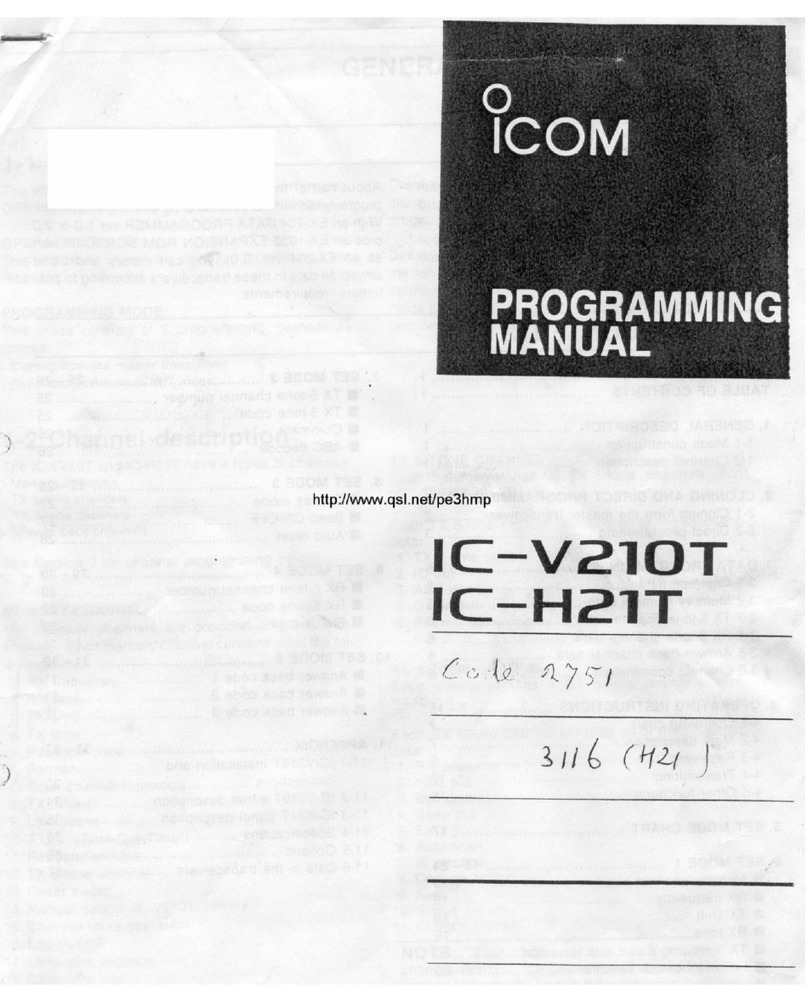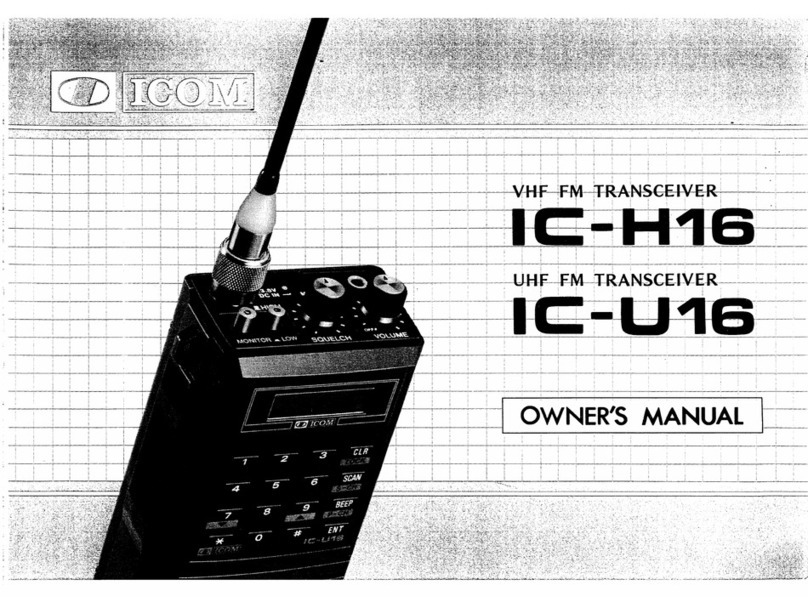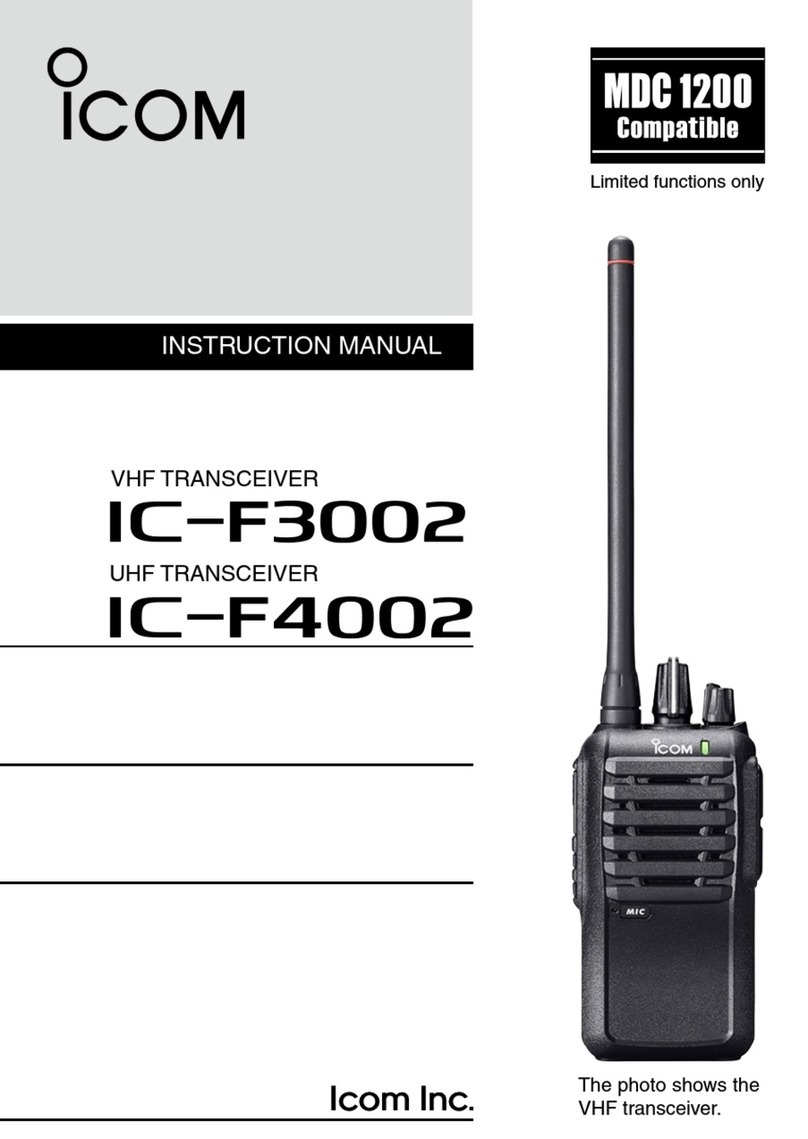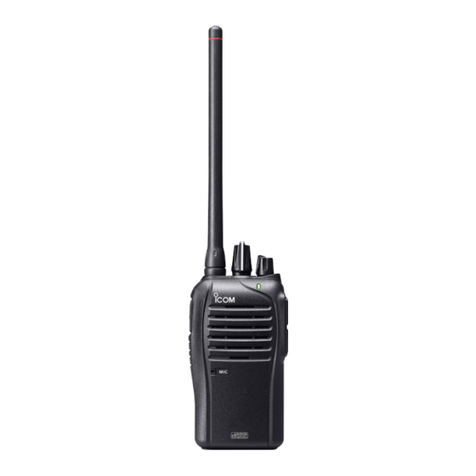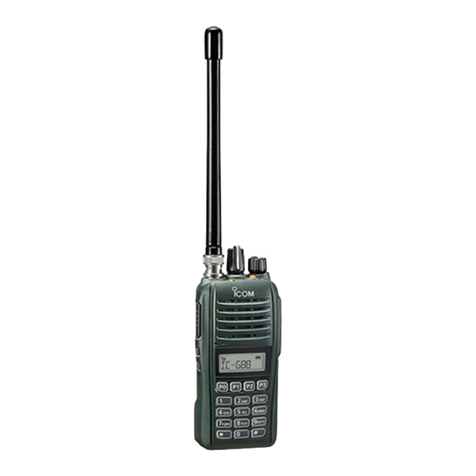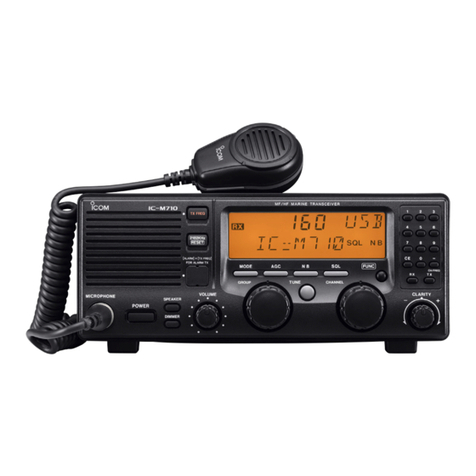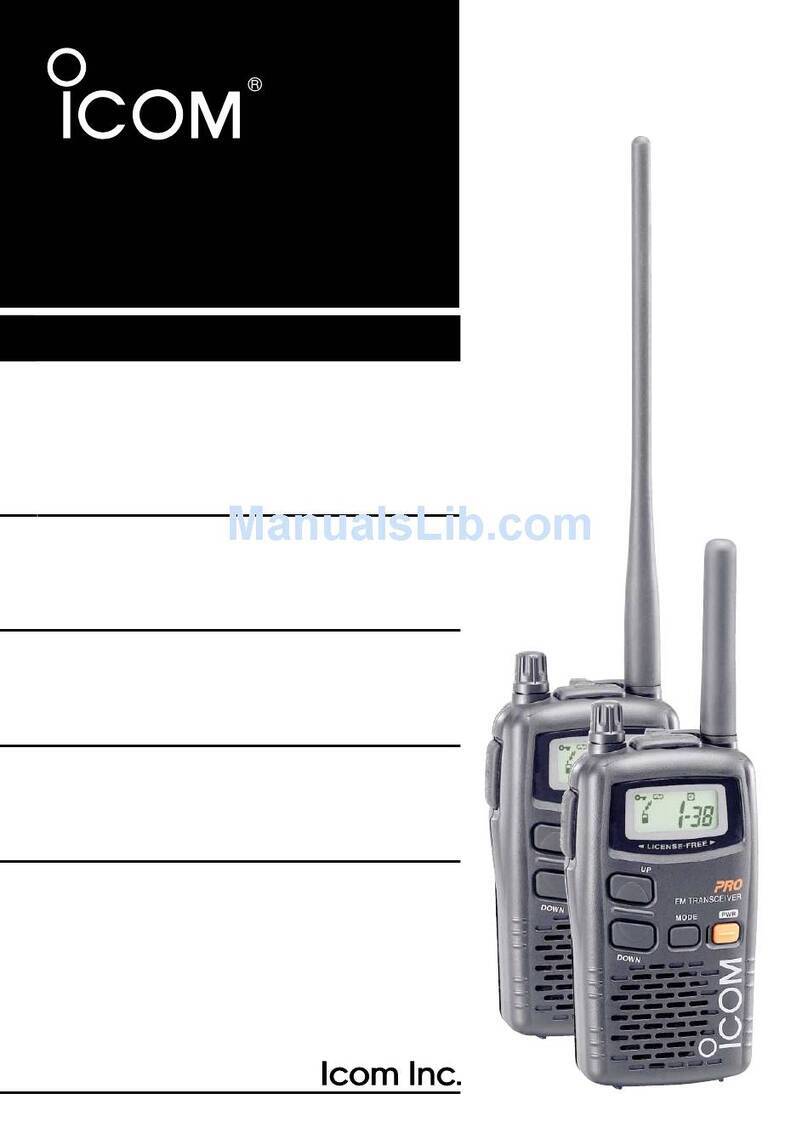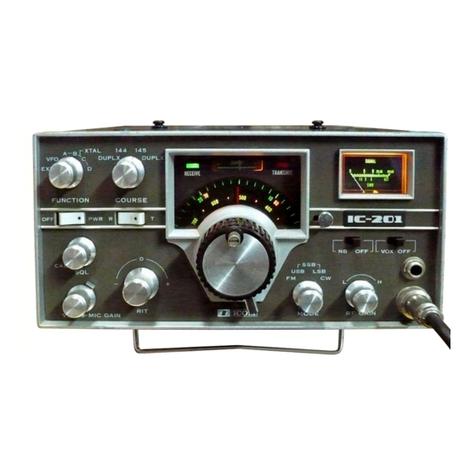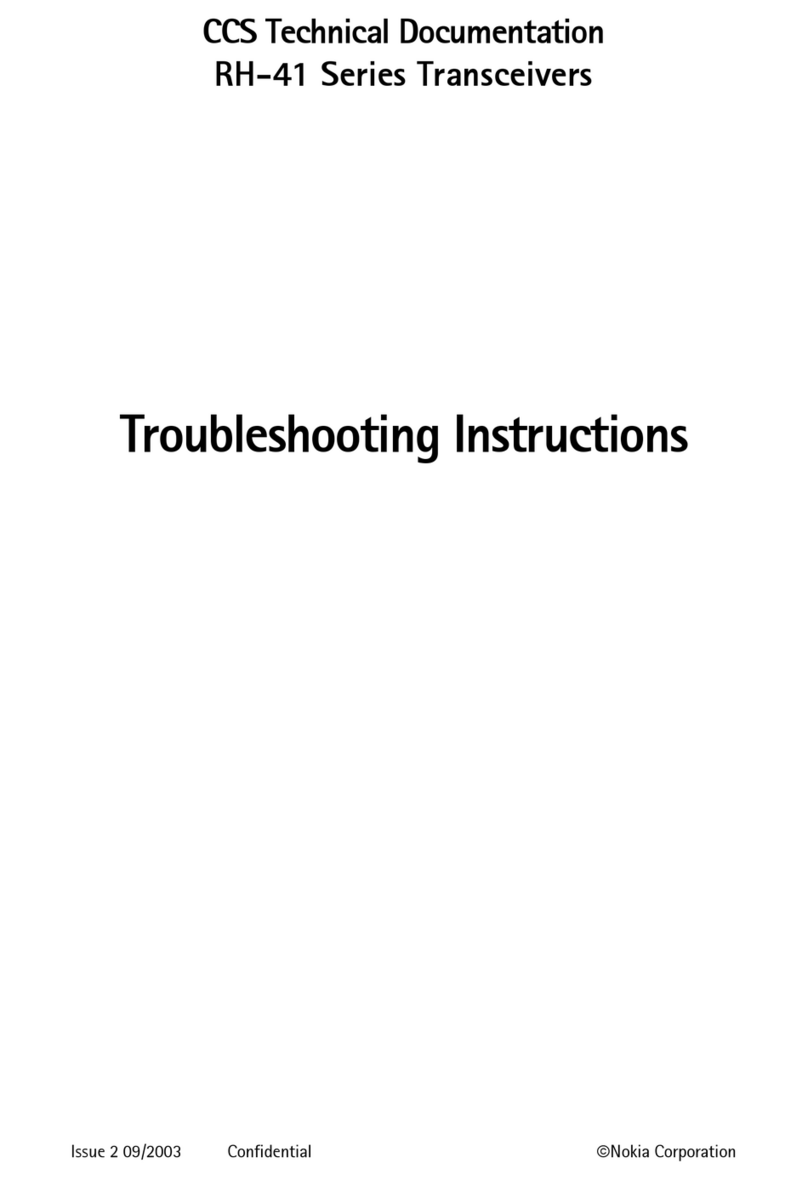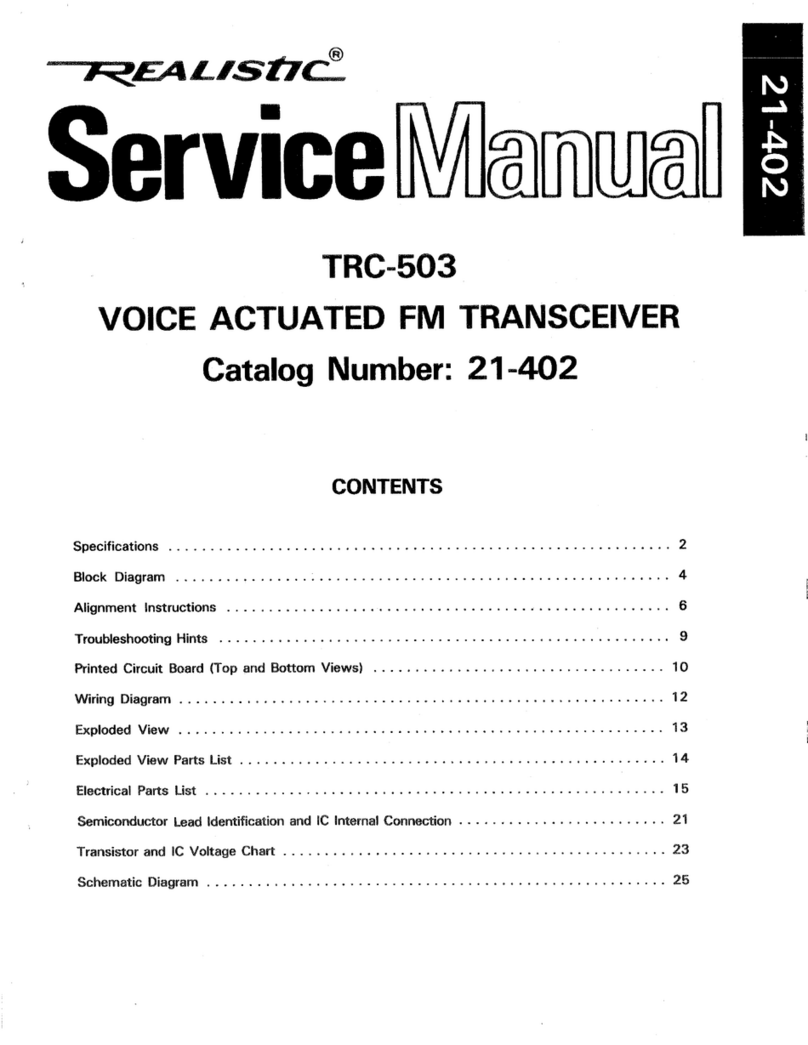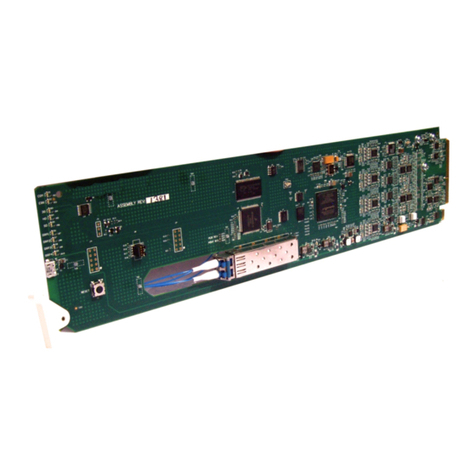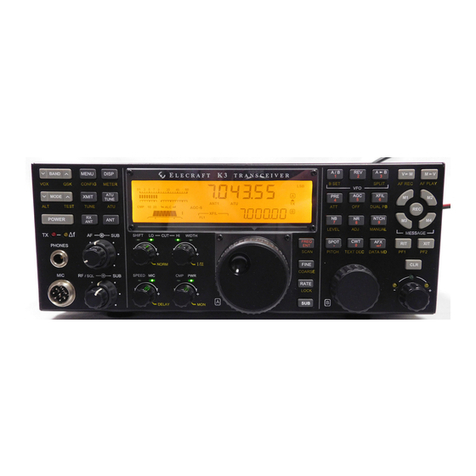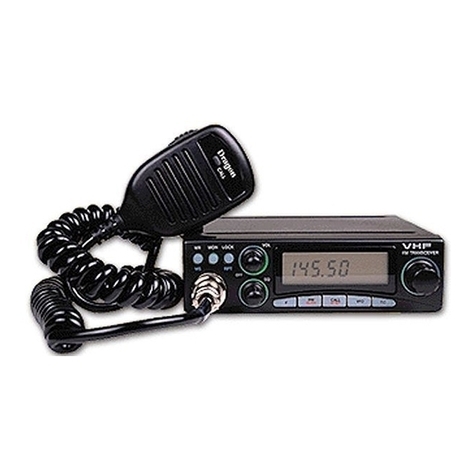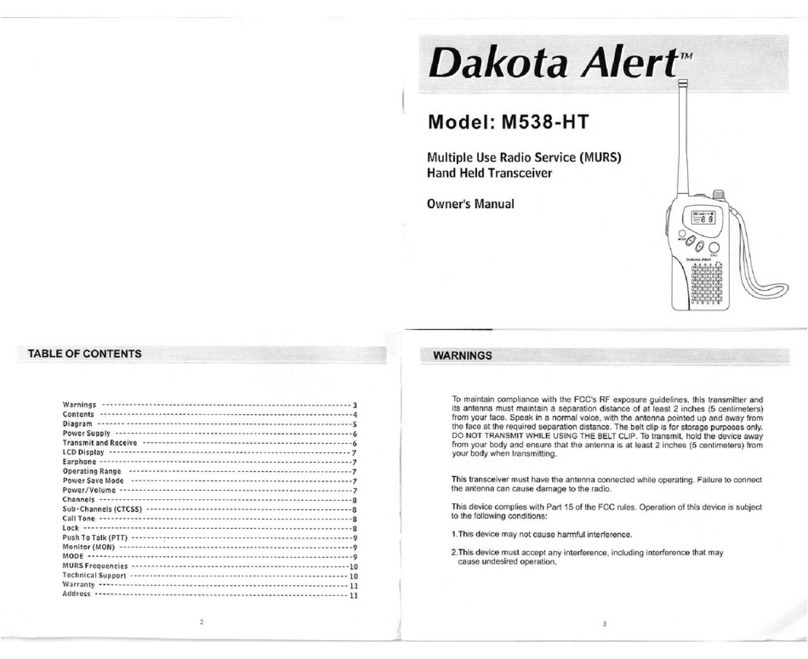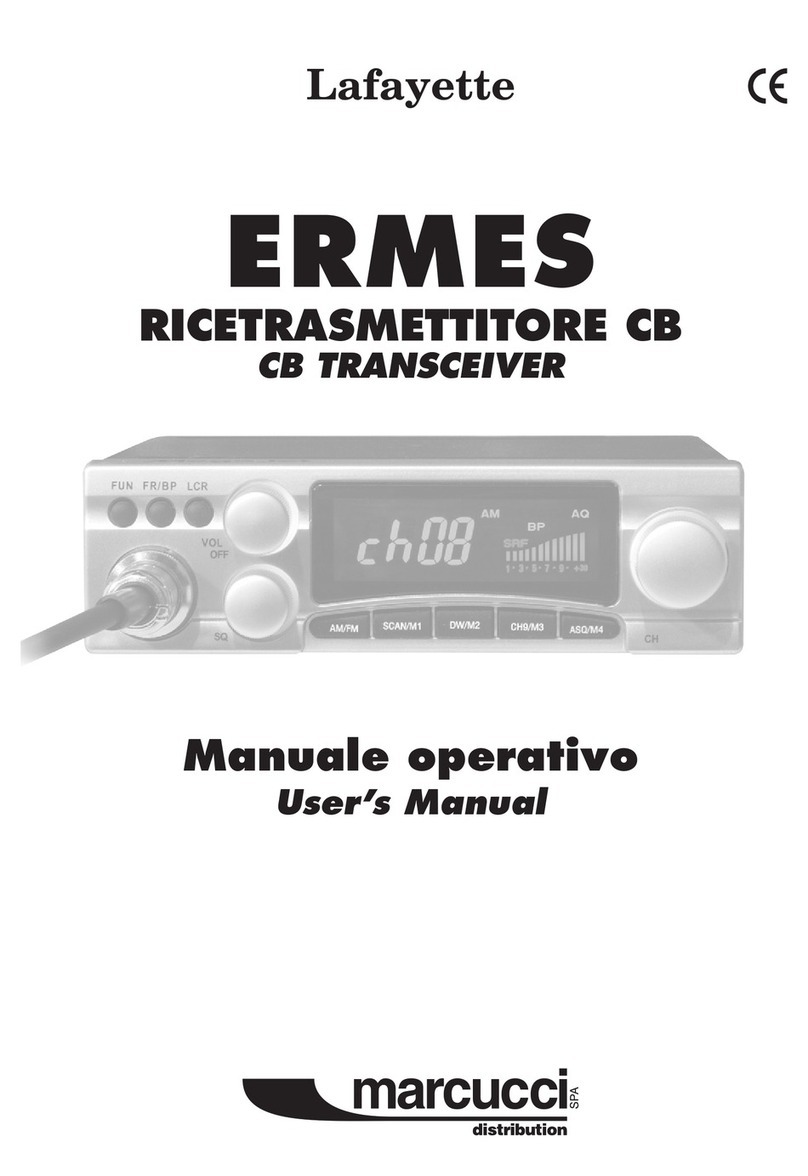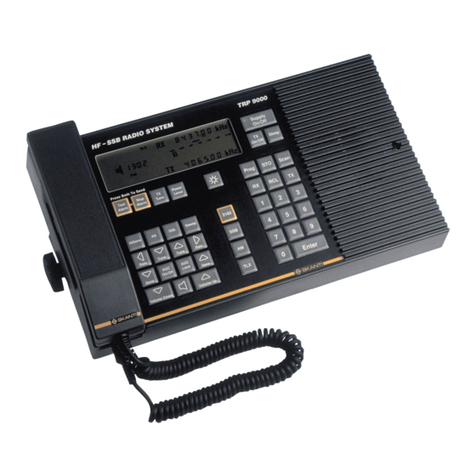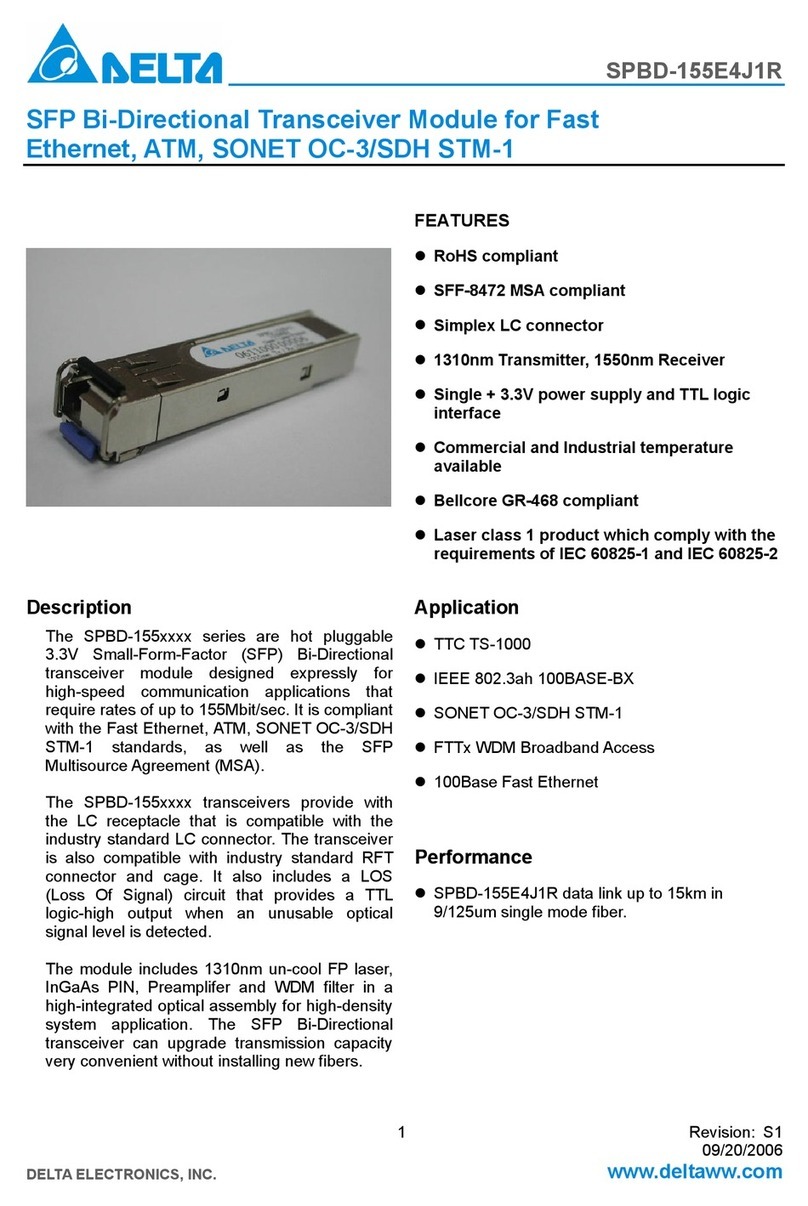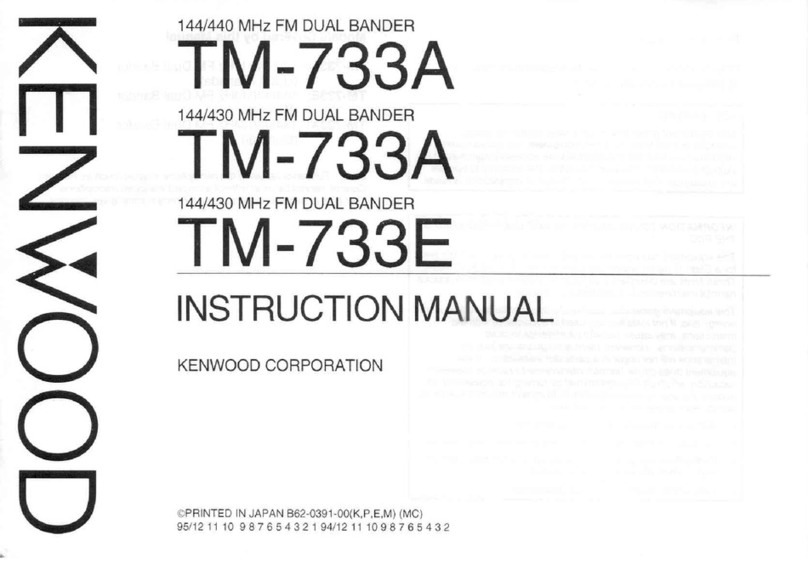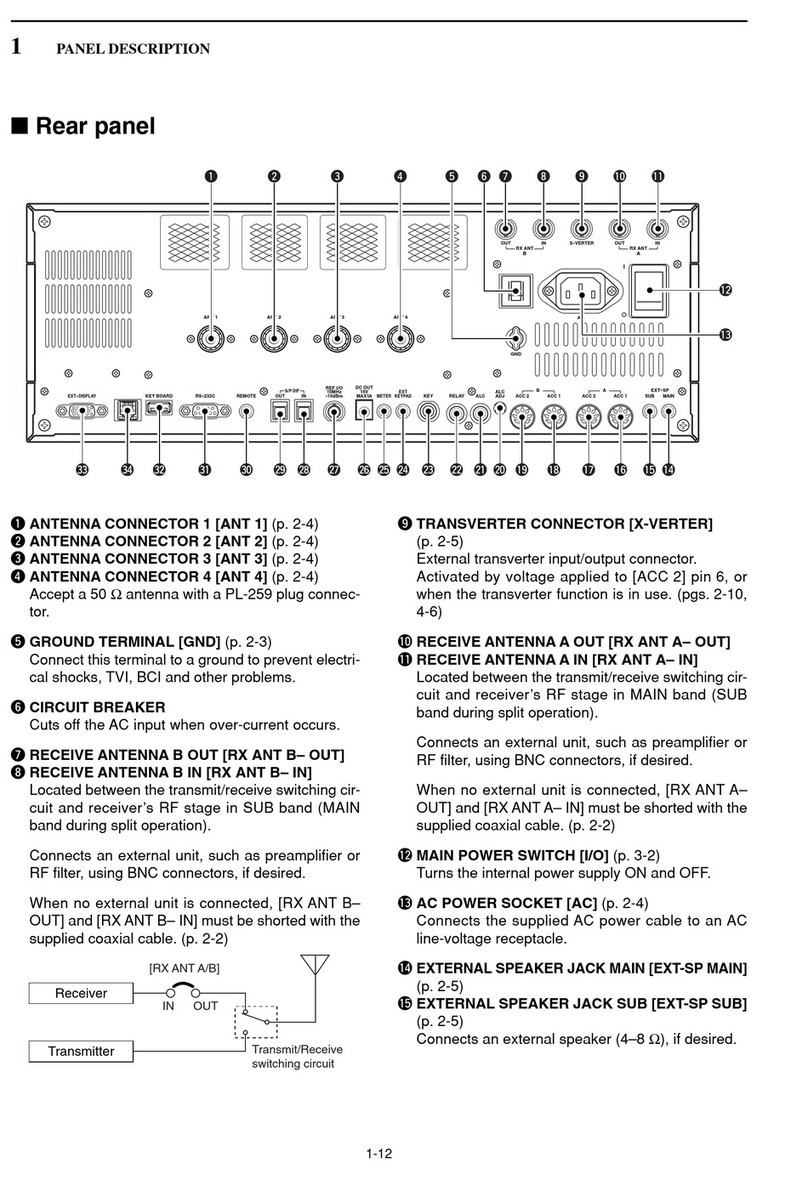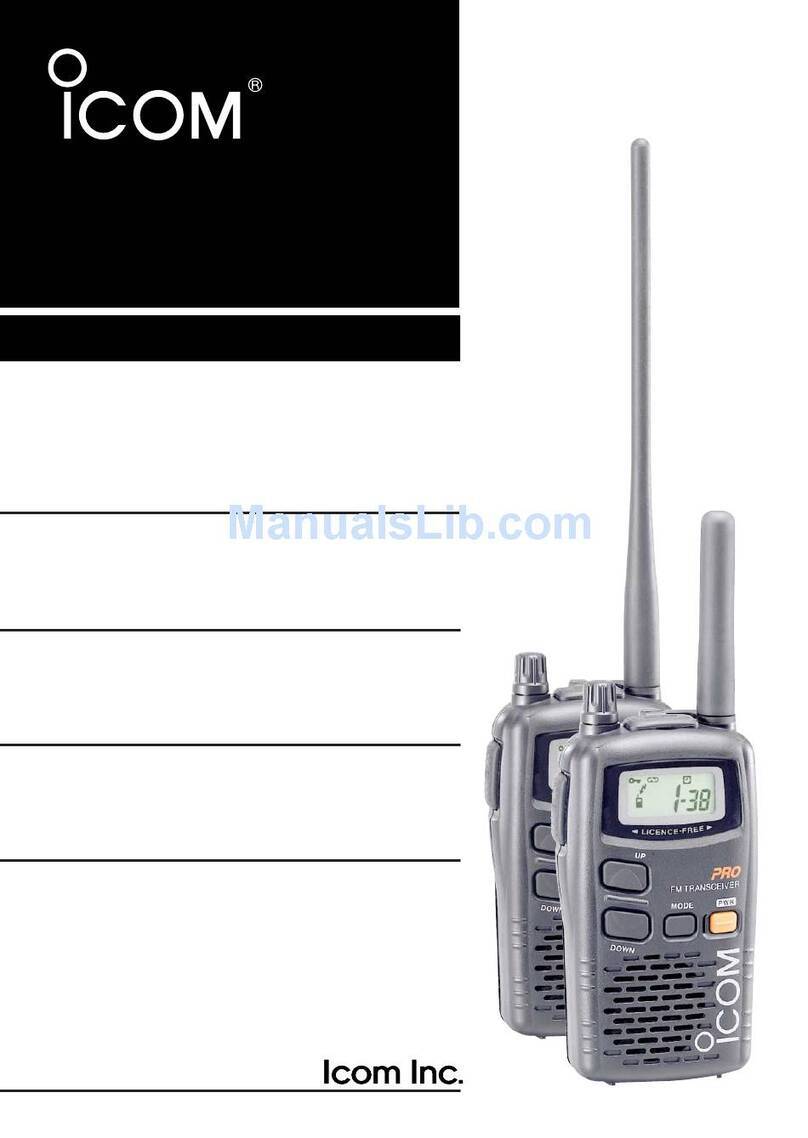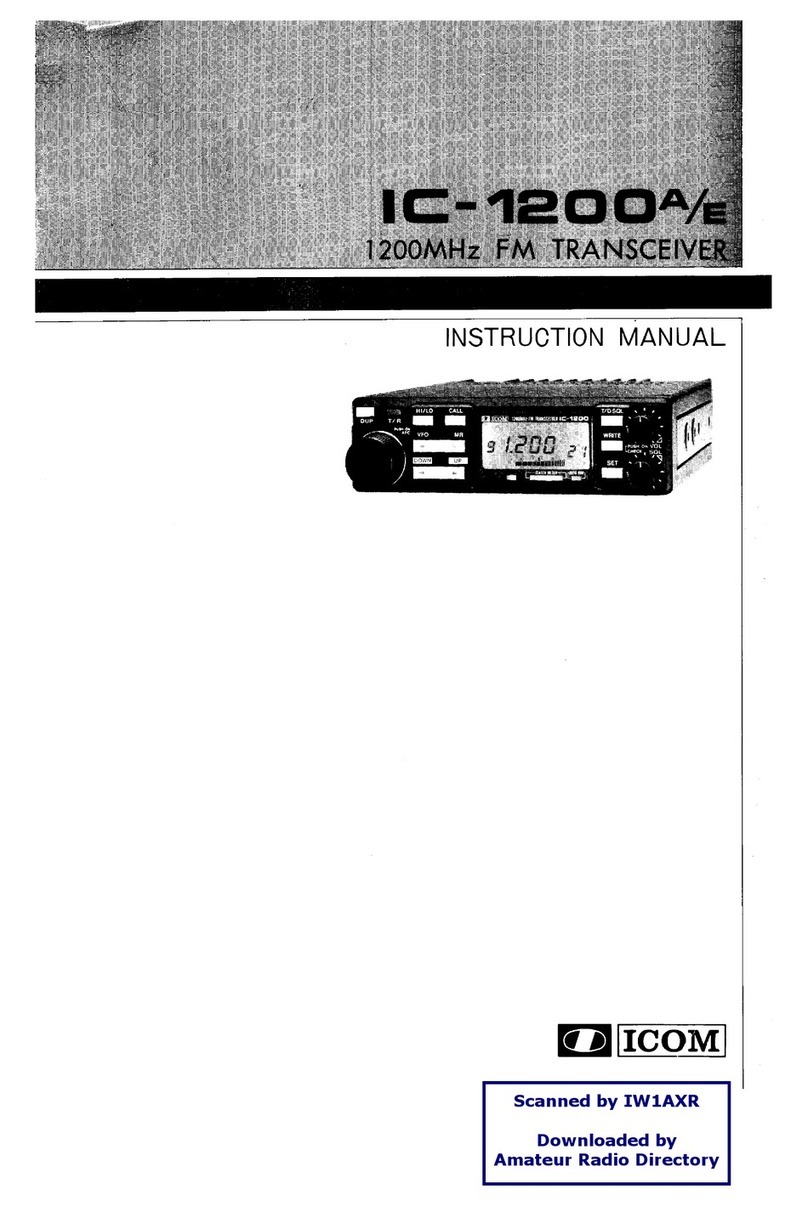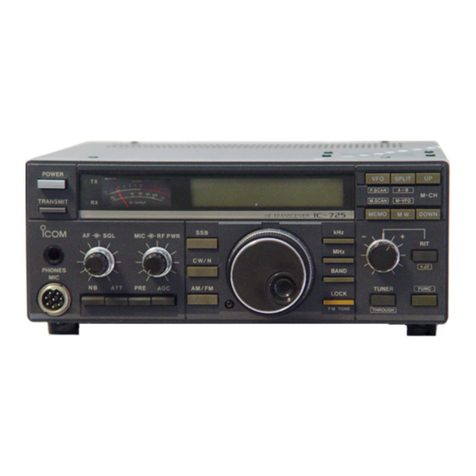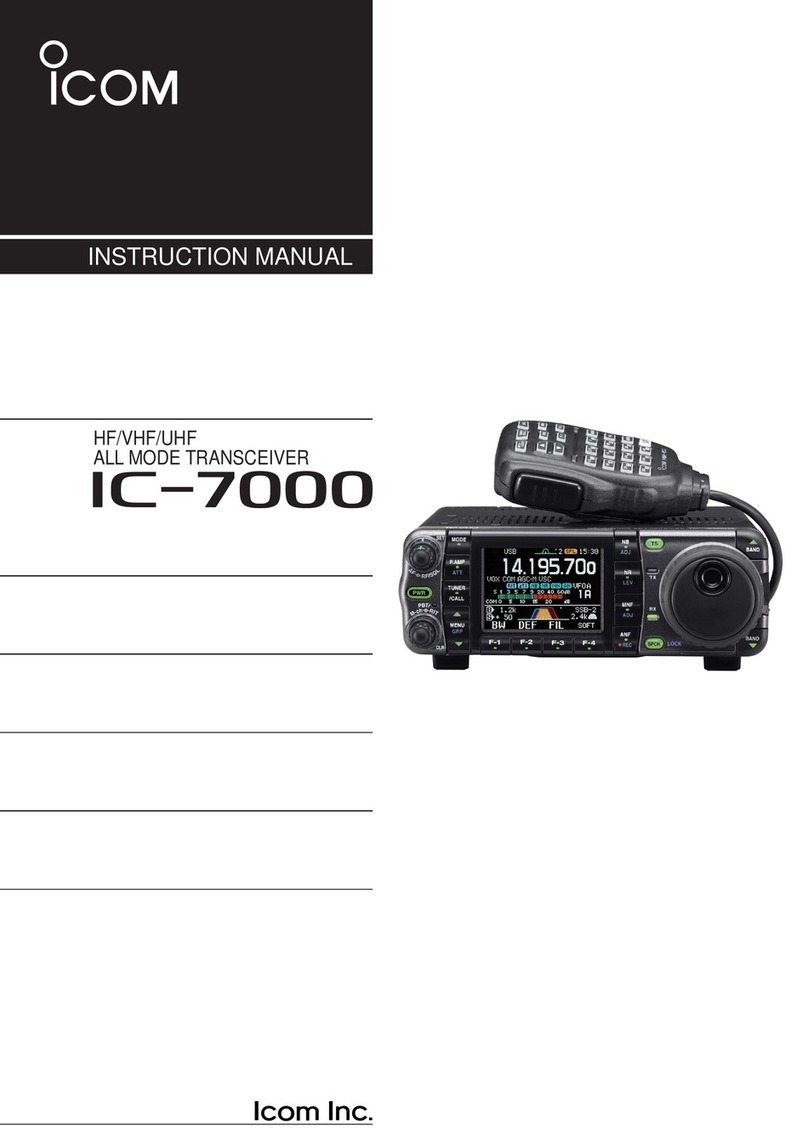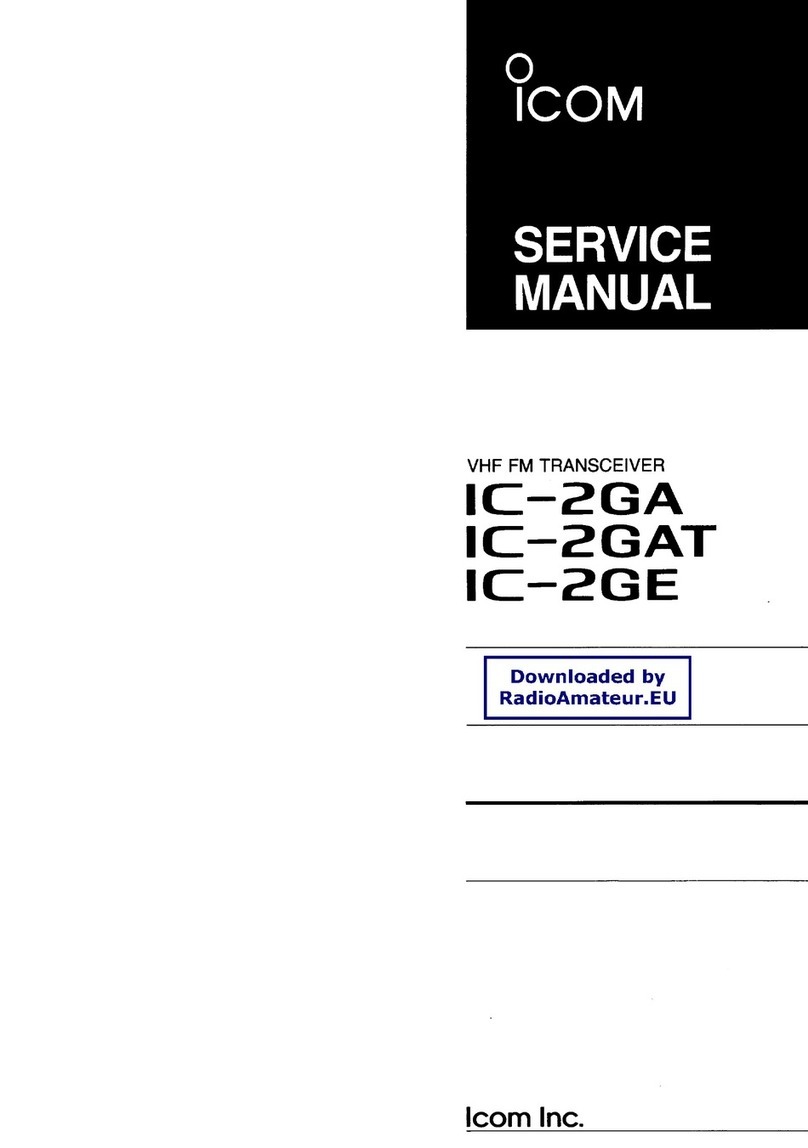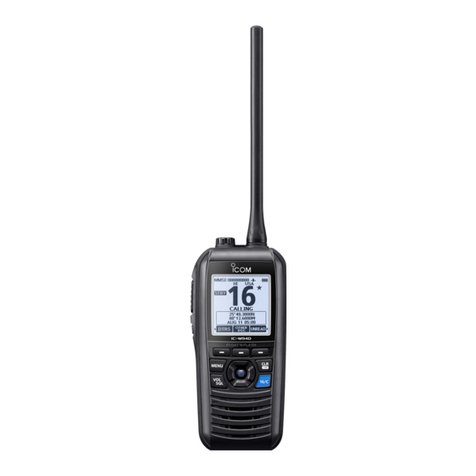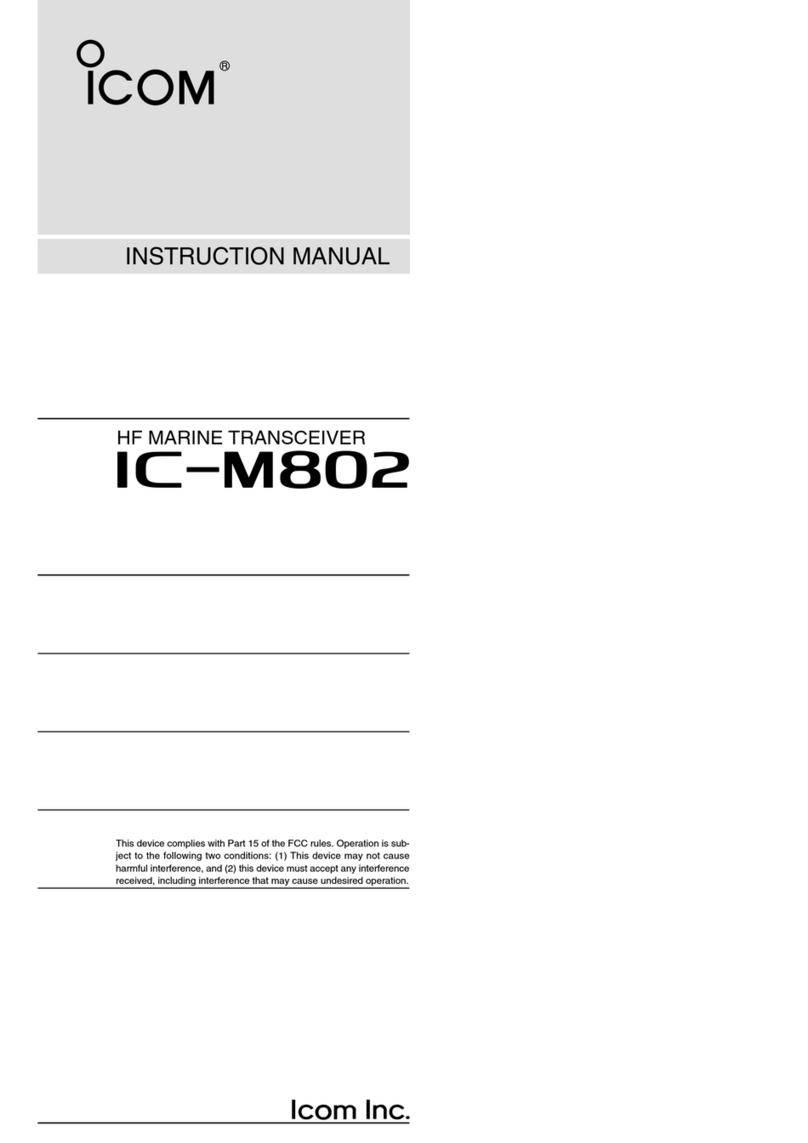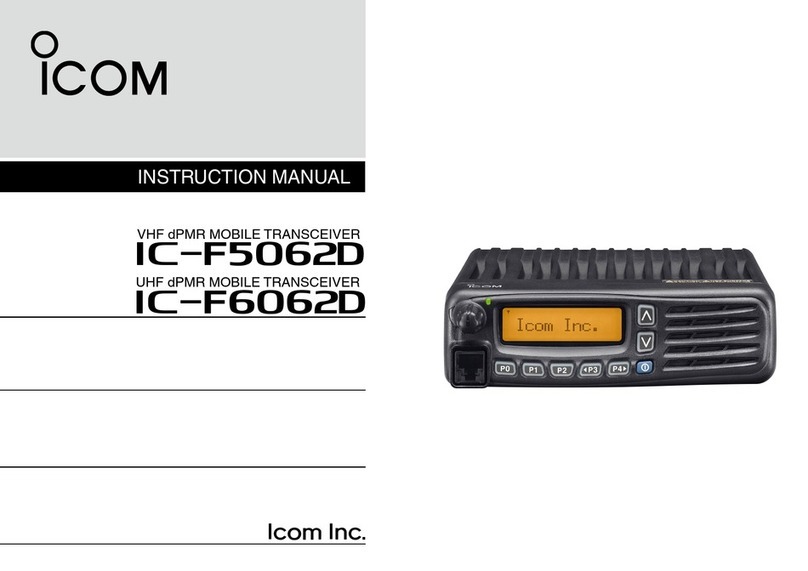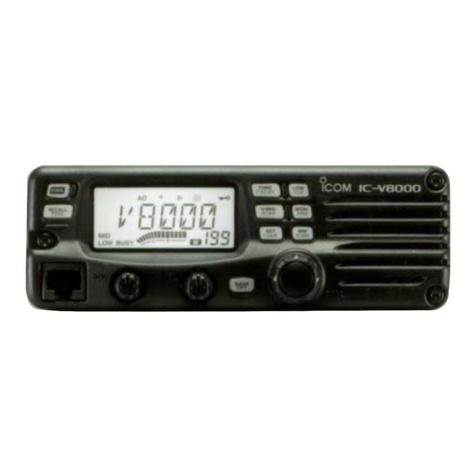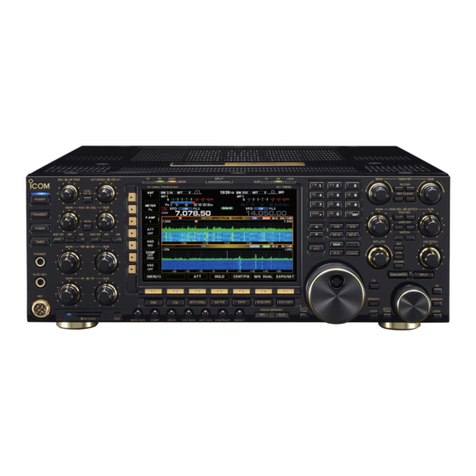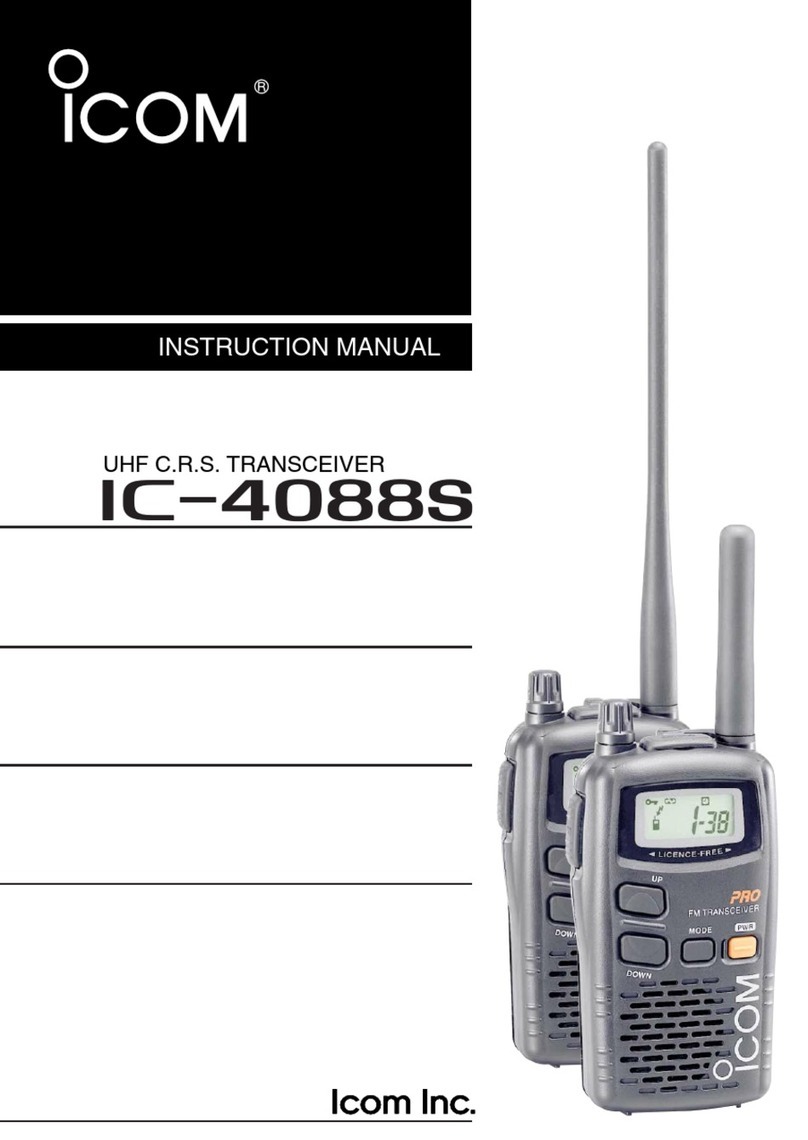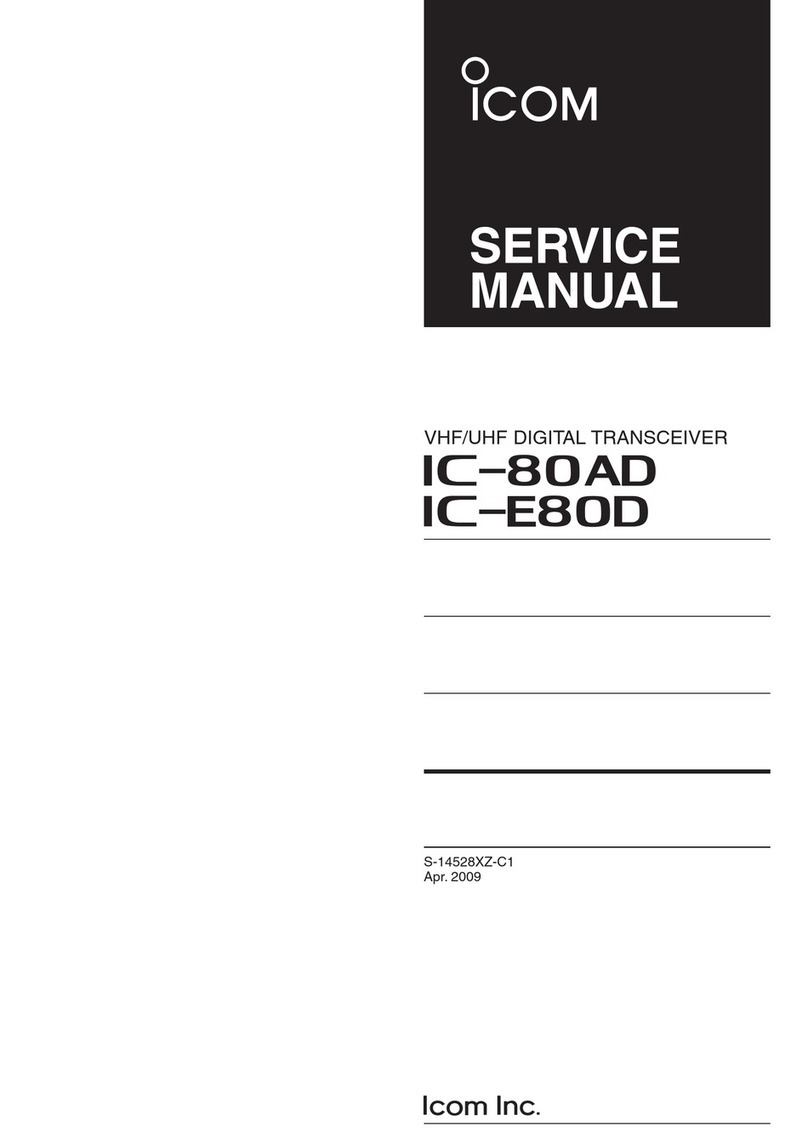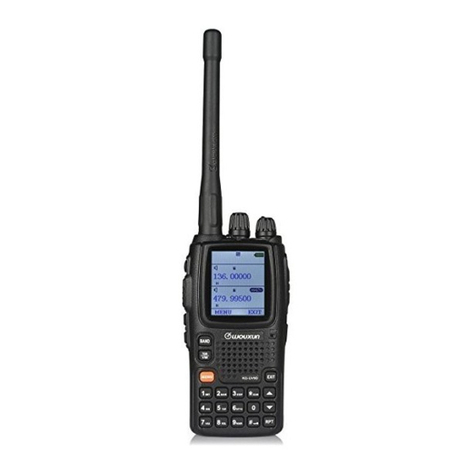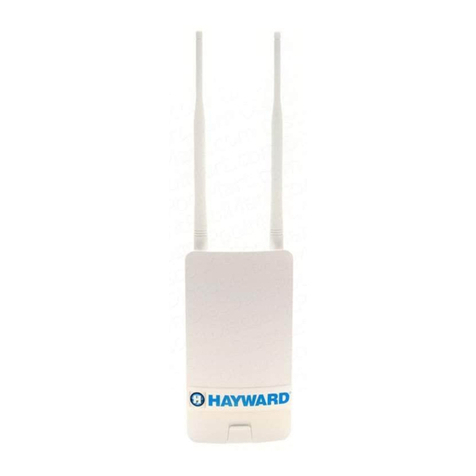[MAIN UNIT][MAIN UNIT]
S.=Surface mount
D52 1750000260 S.DIODE 1SS352 (TPH3)
D501 1160000060 S.DIODE DAN202U T107
D502 1160000060 S.DIODE DAN202U T107
D503 1790000620 S.DIODE MA77 (TX)
D505 1750000130 S.DIODE DA204U T107
D506 1160000060 S.DIODE DAN202U T107
D507 1720000360 S.DIODE HSU88TRF
D508 1750000130 S.DIODE DA204U T107
D509 1160000060 S.DIODE DAN202U T107
D510 1750000130 S.DIODE DA204U T107
D511 1790001210 S.DIODE 1SS375-TL
FI1 2010002050 XTAL FL-264 (21.750 MHz)
FI3 2020001180 S.CERAMIC SFPC455H-TC01
FI4 2020001050 S.CERAMIC SFPC455E-TC01
X1 6050009970 XTAL CR-574 (21.295 MHz)
X2 6070000170 S.DISCRIMINATOR CDBC455CX16-TC
X4 6050009870 S.XTAL CR-567 (9.8304 MHz)
X501 6050009960 S.XTAL CR-573 (12.6 MHz)
X502 6060000550 S.CERAMIC PBRC 3.58AR
L1 6110003130 COIL LA-504
L2 6110003130 COIL LA-504
L3 6110003120 COIL LA-503
L4 6200003850 S.COIL 36CS-656LZ-09K=P3
L5 6200003850 S.COIL 36CS-656LZ-09K=P3
L6 6170000230 COIL LW-25
L7 6110003130 COIL LA-504
L8 6200006200 S.COIL MC152-E558CNA-100047=P3
L10 6200004230 S.COIL ELJNC R56K-F
L11 6200006200 S.COIL MC152-E558CNA-100047=P3
L12 6200006200 S.COIL MC152-E558CNA-100047=P3
L13 6200006200 S.COIL MC152-E558CNA-100047=P3
L15 6200004440 S.COIL ELJFC 4R7M-F
L16 6200001920 S.COIL ELJNC R15K-F
L17 6200003670 S.COIL ELJNC 68NK-F
L18 6200004880 S.COIL ELJFC 3R3K-F
L19 6200002940 S.COIL ELJFC 1R2K-F
L23 6200001770 S.COIL ELJNC 47NK-F
L24 6200001770 S.COIL ELJNC 47NK-F
L25 6200003670 S.COIL ELJNC 68NK-F
L26 6200004230 S.COIL ELJNC R56K-F
L27 6200002160 S.COIL ELJNC 82NK-F
L29 6200004880 S.COIL ELJFC 3R3K-F
L30 6200004230 S.COIL ELJNC R56K-F
L31 6200001770 S.COIL ELJNC 47NK-F
L32 6200002160 S.COIL ELJNC 82NK-F
L33 6200002160 S.COIL ELJNC 82NK-F
L35 6200004880 S.COIL ELJFC 3R3K-F
L37 6200004880 S.COIL ELJFC 3R3K-F
L38 6200004850 S.COIL MC152-E558CN-100024
L39 6200004880 S.COIL ELJFC 3R3K-F
L40 6200004990 S.COIL LQH 1N R68M
L41 6200002940 S.COIL ELJFC 1R2K-F
L42 6200004880 S.COIL ELJFC 3R3K-F
L43 6200004980 S.COIL MC152-E558CN-100023
L44 6200004230 S.COIL ELJNC R56K-F
L45 6200004440 S.COIL ELJFC 4R7M-F
L46 6200004230 S.COIL ELJNC R56K-F
L47 6200004230 S.COIL ELJNC R56K-F
L48 6200004230 S.COIL ELJNC R56K-F
L50 6200004230 S.COIL ELJNC R56K-F
L51 6200001770 S.COIL ELJNC 47NK-F
L52 6200004230 S.COIL ELJNC R56K-F
L53 6200007030 S.COIL SLF7032T-101MR45-2
L54 6200004230 S.COIL ELJNC R56K-F
L55 6200003960 S.COIL MLF1608A 1R0K-T
L56 6200003960 S.COIL MLF1608A 1R0K-T
L57 6200003960 S.COIL MLF1608A 1R0K-T
L58 6200003960 S.COIL MLF1608A 1R0K-T
L59 6200003960 S.COIL MLF1608A 1R0K-T
L60 6200003960 S.COIL MLF1608A 1R0K-T
L62 6200004720 S.COIL MLF1608D R10K-T
L63 6200003960 S.COIL MLF1608A 1R0K-T
L502 6200004720 S.COIL MLF1608D R10K-T
L504 6200004880 S.COIL ELJFC 3R3K-F
L508 6200002150 S.COIL ELJNC 56NK-F
R1 7030003280 S.RESISTOR ERJ3GEYJ 470 V (47 Ω)
R2 7030004050 S.RESISTOR ERJ3GEYJ 1R0 V (1 Ω)
R4 7030003280 S.RESISTOR ERJ3GEYJ 470 V (47 Ω)
R5 7030004050 S.RESISTOR ERJ3GEYJ 1R0 V (1 Ω)
R7 7030001170 S.RESISTOR MCR50JZHJ 220 Ω(221)
R8 7030001170 S.RESISTOR MCR50JZHJ 220 Ω(221)
R10 7030003720 S.RESISTOR ERJ3GEYJ 224 V (220 kΩ)
R12 7030003600 S.RESISTOR ERJ3GEYJ 223 V (22 kΩ)
R13 7030003680 S.RESISTOR ERJ3GEYJ 104 V (100 kΩ)
R14 7030003640 S.RESISTOR ERJ3GEYJ 473 V (47 kΩ)
R15 7030003340 S.RESISTOR ERJ3GEYJ 151 V (150 Ω)
R16 7030003720 S.RESISTOR ERJ3GEYJ 224 V (220 kΩ)
R17 7030003720 S.RESISTOR ERJ3GEYJ 224 V (220 kΩ)
R18 7030003720 S.RESISTOR ERJ3GEYJ 224 V (220 kΩ)
R19 7030003680 S.RESISTOR ERJ3GEYJ 104 V (100 kΩ)
R20 7030003680 S.RESISTOR ERJ3GEYJ 104 V (100 kΩ)
R21 7030003290 S.RESISTOR ERJ3GEYJ 560 V (56 Ω)
R25 7030003370 S.RESISTOR ERJ3GEYJ 271 V (270 Ω)
R26 7030003200 S.RESISTOR ERJ3GEYJ 100 V (10 Ω)
R27 7030003500 S.RESISTOR ERJ3GEYJ 332 V (3.3 kΩ)
R28 7030003480 S.RESISTOR ERJ3GEYJ 222 V (2.2 kΩ)
R29 7030003410 S.RESISTOR ERJ3GEYJ 561 V (560 Ω)
R30 7030003350 S.RESISTOR ERJ3GEYJ 181 V (180 Ω)
R31 7030003520 S.RESISTOR ERJ3GEYJ 472 V (4.7 kΩ)
R32 7030003540 S.RESISTOR ERJ3GEYJ 682 V (6.8 kΩ)
R33 7030003460 S.RESISTOR ERJ3GEYJ 152 V (1.5 kΩ)
R34 7030003520 S.RESISTOR ERJ3GEYJ 472 V (4.7 kΩ)
R35 7030003670 S.RESISTOR ERJ3GEYJ 823 V (82 kΩ)
R36 7030003440 S.RESISTOR ERJ3GEYJ 102 V (1 kΩ)
R37 7030003760 S.RESISTOR ERJ3GEYJ 474 V (470 kΩ)
R38 7030003470 S.RESISTOR ERJ3GEYJ 182 V (1.8 kΩ)
R39 7030003640 S.RESISTOR ERJ3GEYJ 473 V (47 kΩ)
R40 7030003440 S.RESISTOR ERJ3GEYJ 102 V (1 kΩ)
R41 7030003320 S.RESISTOR ERJ3GEYJ 101 V (100 Ω)
R42 7030003320 S.RESISTOR ERJ3GEYJ 101 V (100 Ω)
R44 7030003600 S.RESISTOR ERJ3GEYJ 223 V (22 kΩ)
R45 7030003650 S.RESISTOR ERJ3GEYJ 563 V (56 kΩ)
R46 7510000430 S.THERMISTOR TN20-3K202LT
R47 7030003490 S.RESISTOR ERJ3GEYJ 272 V (2.7 kΩ)
R48 7030003430 S.RESISTOR ERJ3GEYJ 821 V (820 Ω)
R49 7030004050 S.RESISTOR ERJ3GEYJ 1R0 V (1 Ω)
R51 7030004270 S.RESISTOR ERJ3EKF 4121 V (4.12 kΩ)
R52 7030003480 S.RESISTOR ERJ3GEYJ 222 V (2.2 kΩ)
R53 7030005490 S.RESISTOR RR0816R-363-D (36 kΩ)
R61 7030003320 S.RESISTOR ERJ3GEYJ 101 V (100 Ω)
R62 7030003460 S.RESISTOR ERJ3GEYJ 152 V (1.5 kΩ)
R63 7030004850 S.RESISTOR ERJ3GEYF 913 V (91 kΩ)
R65 7030003640 S.RESISTOR ERJ3GEYJ 473 V (47 kΩ)
R67 7030003560 S.RESISTOR ERJ3GEYJ 103 V (10 kΩ)
R68 7030003600 S.RESISTOR ERJ3GEYJ 223 V (22 kΩ)
R69 7030003640 S.RESISTOR ERJ3GEYJ 473 V (47 kΩ)
R70 7030003760 S.RESISTOR ERJ3GEYJ 474 V (470 kΩ)
R71 7030003560 S.RESISTOR ERJ3GEYJ 103 V (10 kΩ)
R77 7030003620 S.RESISTOR ERJ3GEYJ 333 V (33 kΩ)
R80 7030003600 S.RESISTOR ERJ3GEYJ 223 V (22 kΩ)
R81 7030003560 S.RESISTOR ERJ3GEYJ 103 V (10 kΩ)
R85 7030003280 S.RESISTOR ERJ3GEYJ 470 V (47 Ω)
R86 7030003600 S.RESISTOR ERJ3GEYJ 223 V (22 kΩ)
R87 7030003560 S.RESISTOR ERJ3GEYJ 103 V (10 kΩ)
R88 7030003560 S.RESISTOR ERJ3GEYJ 103 V (10 kΩ)
R89 7030003600 S.RESISTOR ERJ3GEYJ 223 V (22 kΩ)
R90 7030003680 S.RESISTOR ERJ3GEYJ 104 V (100 kΩ)
R92 7030003670 S.RESISTOR ERJ3GEYJ 823 V (82 kΩ)
R93 7030003490 S.RESISTOR ERJ3GEYJ 272 V (2.7 kΩ)
R94 7030003560 S.RESISTOR ERJ3GEYJ 103 V (10 kΩ)
R95 7030003680 S.RESISTOR ERJ3GEYJ 104 V (100 kΩ)
R96 7030003560 S.RESISTOR ERJ3GEYJ 103 V (10 kΩ)
R97 7030003560 S.RESISTOR ERJ3GEYJ 103 V (10 kΩ)
R98 7030003320 S.RESISTOR ERJ3GEYJ 101 V (100 Ω)
R99 7030003520 S.RESISTOR ERJ3GEYJ 472 V (4.7 kΩ)
R100 7030003560 S.RESISTOR ERJ3GEYJ 103 V (10 kΩ)
R101 7030003810 S.RESISTOR ERJ3GEYJ 125 V (1.2 MΩ)
R102 7030003520 S.RESISTOR ERJ3GEYJ 472 V (4.7 kΩ)
R103 7030003520 S.RESISTOR ERJ3GEYJ 472 V (4.7 kΩ)
R107 7030003400 S.RESISTOR ERJ3GEYJ 471 V (470 Ω)
R108 7030000100 S.RESISTOR MCR10EZHJ 4.7 Ω(4R7)
R109 7030003480 S.RESISTOR ERJ3GEYJ 222 V (2.2 kΩ)
R110 7030003410 S.RESISTOR ERJ3GEYJ 561 V (560 Ω)
R111 7030000180 S.RESISTOR MCR10EZHJ 22 Ω(220)
R113 7030003240 S.RESISTOR ERJ3GEYJ 220 V (22 Ω)
R114 7030003240 S.RESISTOR ERJ3GEYJ 220 V (22 Ω)
R115 7030003510 S.RESISTOR ERJ3GEYJ 392 V (3.9 kΩ)
6 - 3
REF ORDER DESCRIPTION
NO. NO. REF ORDER DESCRIPTION
NO. NO.





















